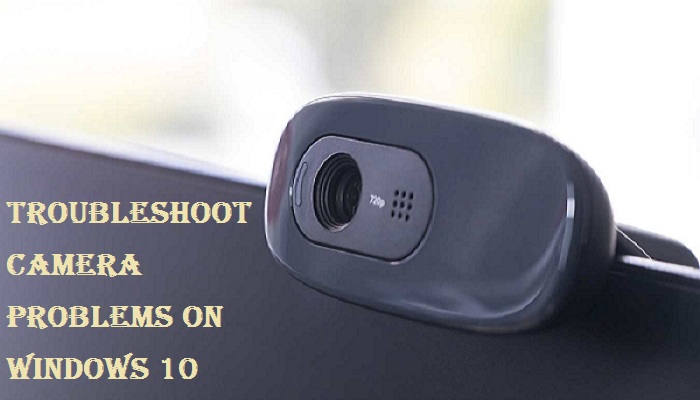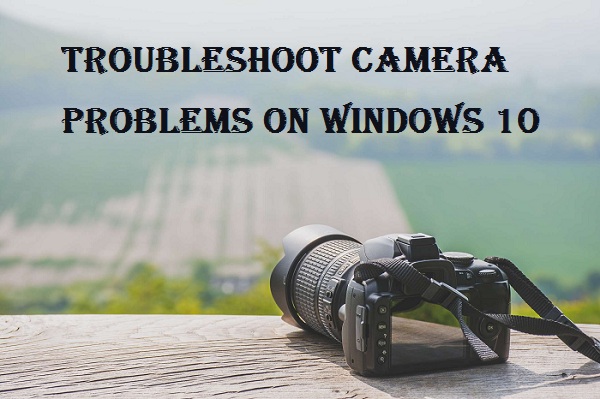Troubleshoot Camera Problems on Windows 10
Windows 10 can configure a variety of devices automatically into the system, including external hard disks, cameras, and many more. Sometimes, even after getting configured, the device doesn’t work correctly, which can be because of a driver problem, privacy concern, system problem, or hardware issue. In Windows 10, a considerable number of users face camera problems, and the reason can be any.
Dealing with basic problems doesn’t take much time to troubleshoot, but when you have no clue about the problem, and then the actual trouble begins. Windows 10 has several ways to find the problem. Camera problems can happen because of the driver and privacy, and you can resolve it through Device Manager, Software Update, or Settings. So if you’re struggling through the same issue, here’s the guide to troubleshooting it.
How to Resolve Camera Detection on Windows 10
- Launch Start menu.
- Find the Device Manager.
- Tap and launch the top-most result.
- Press and expand the Cameras, Imaging devices, Game controllers, and Sound.
- Check whether the Camera is appearing or not.
- If not, press the Action option at the top.
- Click Scan for hardware changes.
Any hardware device you connect with your computer doesn’t show up or doesn’t start working, and you need to open the Device Manager and check if it is listed or not. First, try to Scan for the hardware changes and restart your computer if the problem is still the same. Alternatively, you can try out another USB Port to check whether the problem is resolved or still the same.
How to Allow Apps to Access the Camera Using the Privacy Settings
Once you install an app on Windows 10, the system restricts apps to access the camera and microphone without permission. Apps like Skype, Zoom, or Microsoft Teams access both the Camera and microphone, and if you can’t access the Camera, you should check into the privacy settings. To verify and give permission to Camera, follow the steps:
- Launch Settings.
- Tap Privacy.
- Press the Camera option.
- Press Change below the Allow access to the Camera on this device option.
- Toggle on the Camera access for this device.
- Toggle on Allow apps to access your Camera.
- Give permission to apps like Microsoft Teams, Camera, Skype, and many more under Choose which Microsoft Store apps can access the camera option.
After allowing apps to access the Camera, you’ll access the Camera for the selected apps.
How to Update Camera Driver Using Device Manager
Even if you have permitted apps to access the Camera, problems can still happen because of the driver. If your Camera stopped working suddenly, the problem could be related to the driver, and you have to get a new Windows 10 version. Problems related to incompatible drivers are common and can be resolved easily. Here’s how to do it:
- Launch Settings.
- Press Update & Security.
- Press View optional updates.
- Check the Driver update tab and update the camera driver if you find one.
- Press Download and Install.
Just after following these steps, a new version of your Windows 10 and camera driver will begin to download. Most probably, it will resolve your issue. Updating drivers and Window version are necessary, and every user should look into this section when there are software or hardware issues.
Clear Windows 10 Quality Updates
If you started to experience problems after installing the system update, you could remove them to make things right again.
- Launch Settings.
- Press Update & Security.
- Press Windows Update.
- Tap the View update history option.
- Press Uninstall updates.
- Check the Installed On section and see all the updates.
- Check the recent updates and tap the Uninstall option.
- Press Yes.
By following these steps, you will remove your newly installed updates, and your computer will begin to work like before.
Get Back to the Previous Windows 10 Version
If your Camera stopped working after downloading and installing the latest Windows 10 version, you better remove it and get back to the previous version. Here’s how to do it:
- Launch Settings.
- Press Update & Security.
- Press Recovery.
- Press Get Started under Go back to a previous version of the Windows 10 tab.
- Choose any reason for going back.
- Press Next.
- Press No, thanks.
- Tap Next.
- Tap Next again.
- Press Go back to an earlier build.
Follow the steps correctly for going back to the previous version successfully.
How to Rollback to Old Camera Driver Using Device Manager
- Launch Start menu.
- Find the Device Manager from the Search bar.
- Click and expand the Sound, Game controllers, Imaging devices, or Cameras.
- Make a right-click on Camera and press the Properties option.
- Press the Drivers section.
- Press Roll Back Driver.
- Choose a reason to roll back.
- Tap Yes.
- Tap Yes once again.
- Restart the system.
So after following these steps, you will restore your previous Camera driver, and you’ll be able to access the Camera with apps.
Conclusion
All the above-mentioned steps to troubleshoot camera problems work completely fine. Users should know which Windows update they are installing because if they start to experience a certain problem, they can find it based on the Windows version.
Meta: Open the Device Manager from the Start menu and press the Camera option to check its accessibility. Click the Drivers tab and press the Scan for hardware changes option.


Comments
Post a Comment